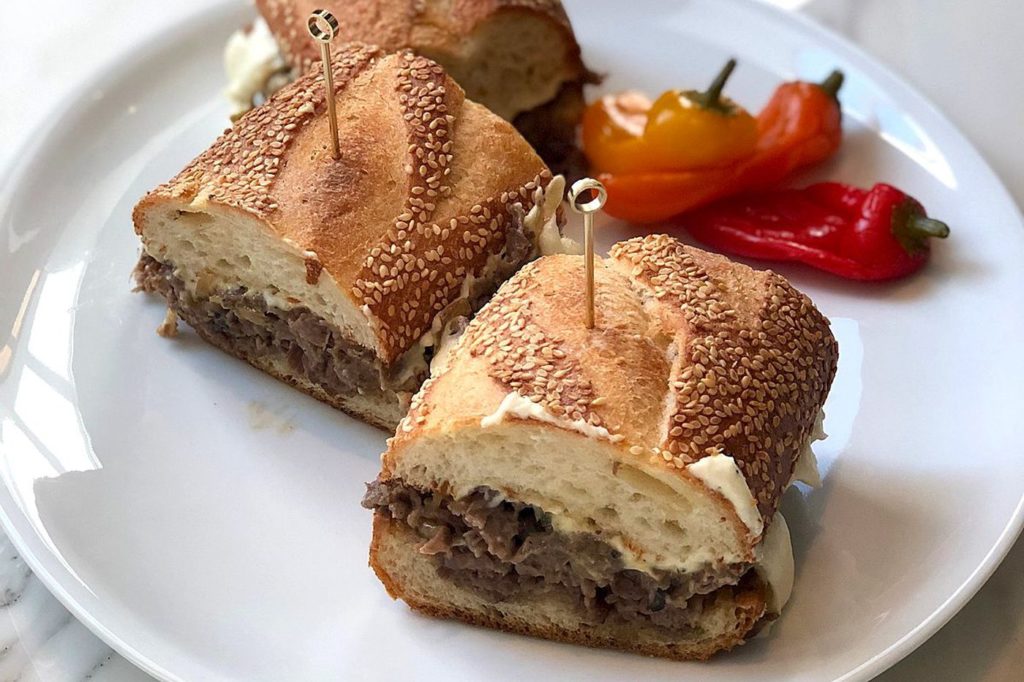
You don’t want to get Covid-19, but you certainly want your brand to spread like a coronavirus —without deadly consequences, of course. In terms of branding, “viral” spread refers to communications strategies that leverage pre-existing social networking and other technologies to produce increases in brand awareness that achieve business objectives (such as sales) through self-replicating processes, analogous to the spread of viruses.
Ideas that are contagious get people talking and sharing. Social media accelerates the process, with one to many messaging connections that are hungry for a steady stream of contagious content. When messages are trending, they spread extremely quickly without expensive advertising.
> Why do things catch on?
This question was studied by a Wharton business school professor, Jonah Berger. He is an expert on word of mouth, viral marketing, social influence, social contagion, and trends. His 2013 book “Contagious: Why Things Catch On” is a New York Times and Wall Street Journal bestseller


>Meet the $100 Philly Cheesesteak.
Made with Kobe beef, shaved truffles, lobster tail, triple cream Taleggio cheese, caramelized onions and heirloom tomatoes and assembled on a homemade brioche bun, they repositioned Philly street-fare into a must-try classic. The $100 Cheesesteak put Barclay Prime on the map, generating word of mouth buzz that elevated their brand above the competition.
It was an idea that was contagious. Sadly, the example wouldn’t succeed today because of social distancing. But it illustrates his thesis on what makes things contagious.

>Here’s an outline of Berger’s theory on what’s contagious:
Social currency-
We share the things that make us look good. Because of an inherent interest in elevating our own social standing, it’s easy to achieve it by sharing expertise in almost anything. People leverage things that are remarkable, showcase insider information, and provoke reactions to raise their social currency. Social media has changed the game, making it faster than ever.
Triggers-
Top of mind, tip of tongue. By relating your brand to something frequently seen elsewhere, people are reminded to think about you whenever they encounter the trigger. Cues that provoke the trigger should be plentiful. Grow the habitat so that the cues occur more frequently if possible.
Emotion-
When we care, we share. The specific emotions that affect sharing most are associated with passion. When people feel outraged, enthusiastic or dutiful, it’s likely they will share the sentiment with others. Kindle the fire so that the flames of passion are fanned by messages related to your brand.
Public-
Build to show, built to grow. Viral spread requires visibility. Find ways to make the private public by uncovering the trends that are fueled by your brand. Create sticky residue that hangs around as long as possible after customers interact with your brand.
Practical value-
News you can use. Help people help others with practical information that solves a problem or eases decision making. Make sure the context for the content is relevant to your brand, or else you run the risk of shifting focus elsewhere.
Story-
Information travels under the guise of idle chatter. Draft a narrative that becomes your Trojan Horse to carry your brand unnoticed into conversations. The element of surprise when your brand emerges adds social currency. The story must be relevant to your offer to ensure your brand is memorable, and not the story alone.
Berger’s work is a sequel of a sorts to Malcolm Gladwell’s “The Tipping Point.” Gladwell profiles how things go viral – fueled by the efforts of a special subset of people he dubs salespeople, mavens, connectors. “The Tipping Point” broke new ground on understanding audience dynamics, and set precedent for targeting evangelists who are intermediaries that influence customers. Berger takes it further with an explanation of why content goes viral.

Taking your brand viral isn’t as simple as a checklist. It’s more than the mechanical result of following these rules. We use it as a framework to guide creative development, and employ these tactics selectively. Think of these as ingredients that can be combined in unique ways. Craft your own recipes to deliver tasty messages that are snackable, sharable and irresistible.
When it comes to health, we’re not taking chances. we don’t want to subject ourselves to exposure other than what’s absolutely required. While working from home, we’re all adapting to an unprecedented change of lifestyle.
But when crafting brands, we’ll still position clients to be infectious. It’s the intelligent way to leverage an explosive opportunity, take advantage of low-cost communications, and spread your brand around the world.